Access the VNC Client in Mac OS X & Create a Screen Sharing App Shortcut
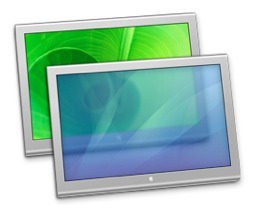 Screen Sharing in Mac OS X allows you to set up a Mac so that it can be connected to remotely through the VNC protocol, with the full screen being both visible and usable to the connected user. As you may have guessed, this means Mac OS X has a built-in VNC client, and not only is it able to connect to Macs running the VNC server (called Screen Sharing in Mac OS X), but it can also connect to any Windows or Linux machine running a VNC server as well.
Screen Sharing in Mac OS X allows you to set up a Mac so that it can be connected to remotely through the VNC protocol, with the full screen being both visible and usable to the connected user. As you may have guessed, this means Mac OS X has a built-in VNC client, and not only is it able to connect to Macs running the VNC server (called Screen Sharing in Mac OS X), but it can also connect to any Windows or Linux machine running a VNC server as well.
How to Access the Screen Sharing VNC Client in Mac OS
The fastest way to access Screen Sharing, the VNC Client in Mac OS, is through Spotlight:
- Hit Command+Spacebar to bring up Spotlight, then type “Screen Sharing“ and hit Return
This instantly launches the Screen Sharing application on the Mac, which is the built-in VNC client that comes with all Macs.
If you’re wondering, the local location of the app is not within the Applications or Utilities folders, instead it’s buried at the following path:
/System/Library/CoreServices/Applications/Screen Sharing.app/
If you use VNC to connect to remote computers often, you might want to create an easier way to access the mostly hidden Screen Sharing app. That’s what we’ll show you next.
How to Create a Shortcut for the Screen Sharing VNC Client in Mac OS X
This is the easiest way to create a simple shortcut:
- From the Mac OS X Finder, hit Command+Shift+G to summon the “Go to Folder” window and enter the following path:
- Locate the “Screen Sharing” app contained in the CoreServices directory, then drag & drop it to the Dock or to Launchpad
/System/Library/CoreServices/
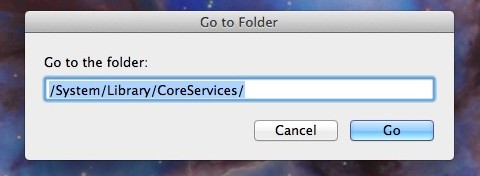
For demonstration purposes, we went with a shortcut placed into Launchpad:
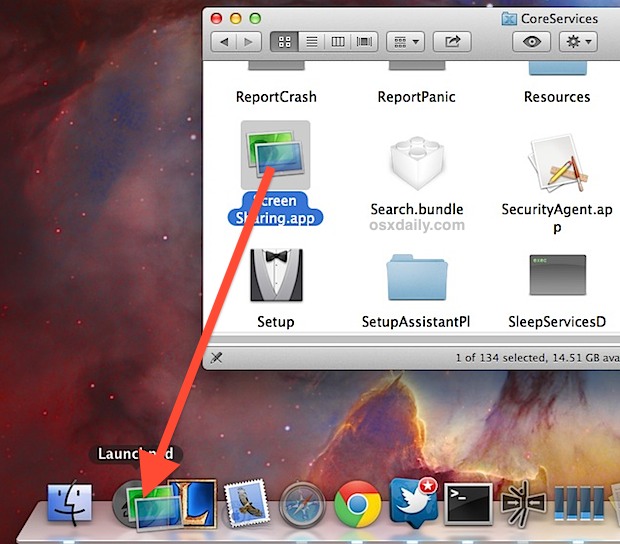
You could alternatively make an alias and place it in the /Applications folder or elsewhere, but usually the Dock or Launchpad is sufficient enough. It can now be found in Launchpad through search, though unless the app is placed in /Applications/ it will still not be found in the wider Spotlight search.
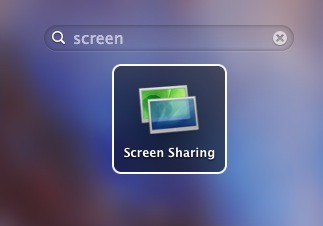
Now with the shortcut created, you can just launch the app and enter the remote hosts IP, host name, or you can use the common notation of specifying a username (and password, though thats bad practice to expose passwords in plain text) with IP and protocol like so: vnc://username:password@IP.address

This is an alternative to using the the “Connect to Server” keyboard shortcut or the Safari launch approach.
As mentioned, the hidden Screen Sharing app is a complete VNC client, and though it’s not necessarily the most full featured app in the world it is more than adequate for connecting to and controlling any remote machine running a VNC server, whether that’s another Mac with Screen Sharing enabled, or even a Windows or Linux box. There are a variety of Preference options available, including the ability to encrypt all network data between the connected machines, toggle whether or not to control or observe the connected computer, scale the screen or show the connected machines in full size, adjust the quality based on the network connections, and whether or not to scroll around on the screen.
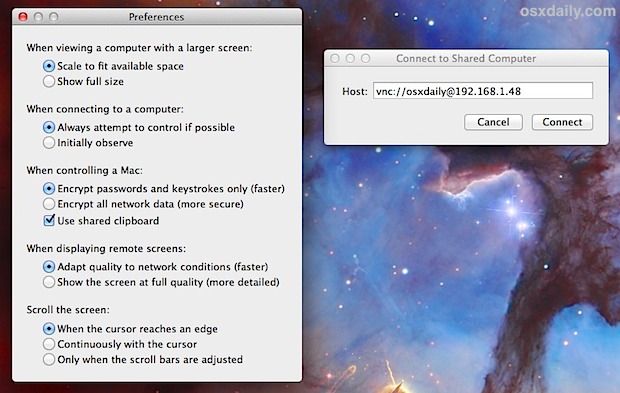
One particularly great feature of the newer versions of this Screen Sharing app in Mac OS X is the ability to transfer files from Mac to Mac just by dragging and dropping them between the connected screens, giving you simple remote file access through the familiar user friendly interface of the Finder, if you use that often then this app shortcut will probably be particularly helpful to you.
Do note that Screen Sharing.app is simply a client, and if you’re looking to configure the server end of things you’ll need to set up remote Screen Sharing through Mac OS X System Preferences to enable the VNC server on a Mac. Once that is enabled, it allows you to connect to a Mac remotely and control it’s screen from other Macs, Linux, Windows, even an iPhone or iPad as long as it has a VNC client.


I believe to connect to non-Mac machines, i.e. linux and windows, they must be running a vnc server. Also, I have OS 10.6.3 and it appears to only allow screen sharing to other OS X machines. A newer version of OS X must be required to connect to non-Mac computers.
The biggest downside of Screen Sharing is it doesn’t support copy/paste from Mac to Linux (exactly in this direction). Not very useful when you have to retype some long command or log file.
FYI in Yosimite it’s in /System/Library/CoreServices/Applications. Not that that’s confusing at all…
help me how to remove the screen sharing shortcut app from launchpad.?
You don’t really need a shortcut; all you have to do is Cmd-Tab over to Finder and hit Cmd-K to get the “Connect to Server” dialog.
Exactly. You can enter ‘vnc://machine-name’ or ‘vnc://ip-address’ and the Screen Sharing client is automatically launched. Works like a champ!
how do you enter your password in the command?
I am glad this is included in OS X for a pinch, but I still prefer Real VNC or Chicken of the VNC
Both are free, here’s the most compatible.
http://www.realvnc.com/download/viewer/
CotVNC has way too many bugs and is generally a pain the a$$ to use. i prefer screen sharing because it’s much faster and has better compatibility with many VNC servers. compared to Screen Sharing, the Chicken VNC is terrible. the only feature that might make up for the otherwise beta-like feel of the program is the list of servers that you can save for future use… then again, i could just save a .vnc file with ScreenSharing and have a quick shortcut to my favourite VNC servers right on my desktop…
in summary: CotVNC sucks, ScreenSharing is best!
xoxo,
lukas